This is Part 3 of a 3 part series of articles about the New Golden Route, a part of Japan conveniently accessed by the Hokuriku Arch Pass. To read the other 2 articles in the series, follow these links:
- Part 1: Sightseeing in Kanto with the Hokkuriku Arch Pass
- Part 2: Sightseeing in Chubu with the Hokkuriku Arch Pass
This is a year that will require no introduction from anyone. 2020 has brought a challenging time that also calls for a change of pace. It’s been a year for solitude, self-reflection, and a serious reframing of our priorities. But the need for distance and isolation doesn’t mean we can’t indulge in our wanderlust. This is a good opportunity to explore remote areas outside of Japan’s hotspot spotlights. Places that still haven’t fallen under the effects of contemporary globalization. Open spaces shrouded in nature and history. Small, local craftsmanship places with centuries of traditions. Hidden treasures that remain at the core of traditional Japan.
The “New Golden Route” marks all the checkboxes. It’s a getaway full of breathtaking natural sites and a connection with local history and traditions. It spans from Tokyo to Osaka, covering many places along the arch, providing many possible itineraries. Bonus perks: avoiding crowds and supporting local communities. In our previous article, we introduced you to the Chubu region with its lush, pastoral scenes of rural and historic Japan. This time, I’m spending three days exploring some of the best sights Kansai has to offer, starting with lively Osaka.
Osaka Prefecture
Osaka Prefecture (大阪府) contains the second-largest metropolitan city after Tokyo. As such, it’s one of the top Japanese destinations for international tourists thanks to its wide array of cultural heritage sites and well-earned reputation for its gastronomy and vibrant nightlife. And while the absolute spotlight rests in Osaka city and particularly in places like Osaka Castle and Dotonbori, stepping out of the city can be an equally rewarding experience.
Sennan Long Park
It’s a chilly sunny morning in Osaka. I’m getting ready to start my journey with a nice stroll along Osaka Bay. The sea and the beach merge with the sky on the horizon, creating white/blue soothing shades. The warm sunlight fools me for a moment into believing summer is not over yet. I find myself fighting the urge to jump into these seemingly calm and deep blue waters. So I keep on walking while enjoying the view. As of this past summer, this is one of the largest recreational facilities in Kansai. Along the beach, there are several cafes and restaurants, as well as sports and entertainment spaces. There is something for everyone in Sennan Long Park.
As noon approaches, I start getting ready to shift from a beach setting to a mountainous one. I ride the train towards Kawachinagano (河内長野), on the southeast corner of Osaka prefecture. A city surrounded by mountains and lush forests. It prides itself in keeping a rich history and many cultural assets since the middle ages. Kanshinji (観心寺) and Kongoji (金剛寺) are two of the best examples. I start with Kanshinji, which is 15 minutes away from the train station by bus.
Kanshinji Temple
As I get closer to the entrance, the imposing statue of an immortal man greets me—a samurai whose unwavering loyalty and military genius granted him eternal life in Japan’s collective historical memory. Masashige Kusunoki (1294 – 1336) studied at this temple when he was young. Subsequently, he was responsible for some of the designated national treasures built within. This temple is beside his final resting place on the temple grounds. It’s no small wonder many consider Kanshinji as one of the 25 most sacred places in the Kansai region.
But Kanshinji is also a temple of great relevance on its own. It belongs to the Shingon Buddhist sect, one of the largest Buddhism schools in Japan. Originally founded in the 7th century, it was restored in the 8th century by Kobo Daishi Kukai, founder of the esoteric Shingon school of Buddhism. Its most famous building is the Golden Hall (金堂 Kondo), a good sample of Muromachi Period architecture, which in this case, blends Chinese, Indian and Japanese styles in what has come to be known as the Kanshiji style. Kusunoki himself ordered this to be built as a detached palace for the Emperor during one of this site’s several restorations.
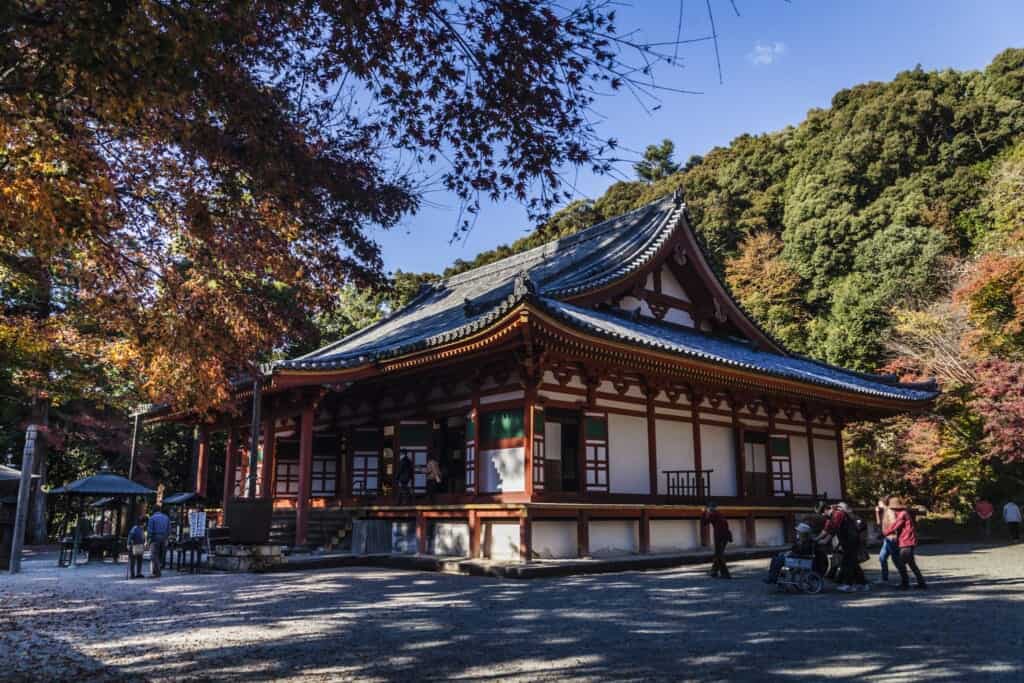
The Main Hall (金堂 Kondo), also known as Golden Hall, is designated as a National Treasure, one of the oldest buildings in Osaka prefecture.
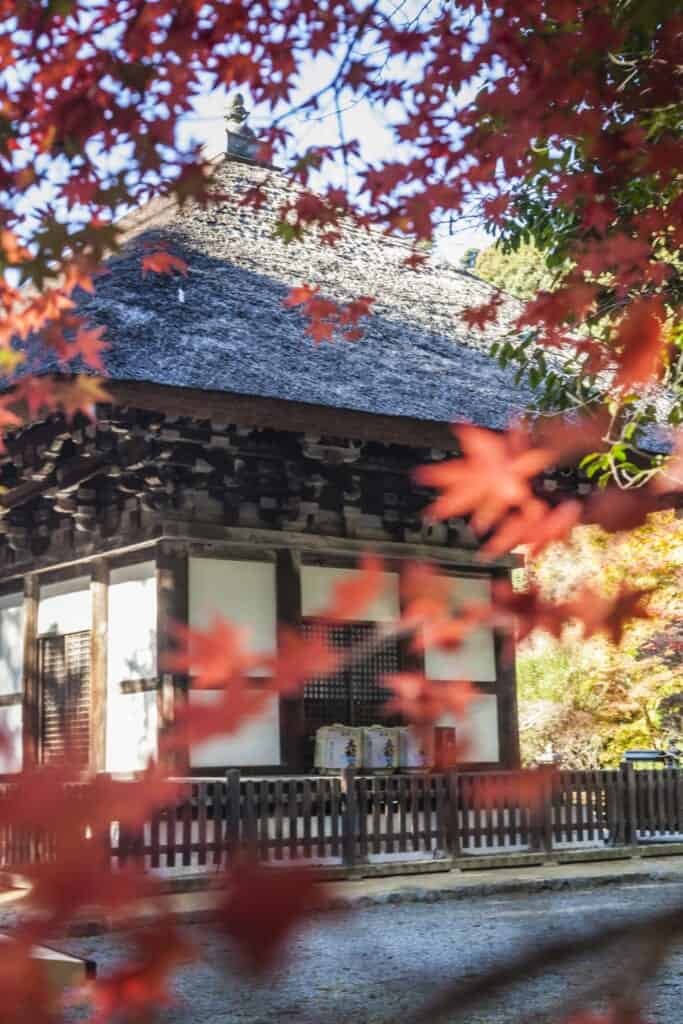
Tatekake-no-to was planned to be a three-storied pagoda, but its construction was interrupted by Kusunoki’s death, so it was left as we know it today. 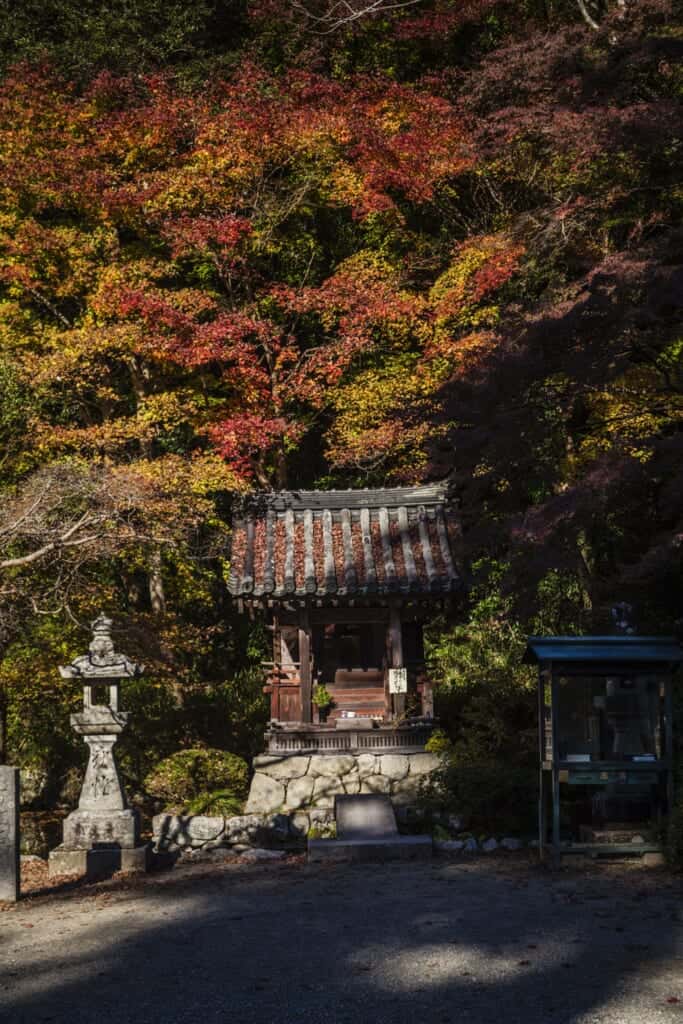
The momiji colors during autumn turn Kanshinji into a temple of exceptional beauty.
Strolling around Kanshinji while trying to absorb its vast history and appreciating its beauty feels daunting at times. The temple grounds, surrounded by dense vegetation, reach another level of aesthetic quality during fall. I was tremendously lucky to enjoy a sunny day while feasting my eyes with strong, vibrant autumn colors. But my small plunge into the Muromachi period is not complete unless I continue to Kongoji Temple (金剛寺).
Kongoji Temple
Like Kanshinji, Amanosan Kongoji also belongs to the Shingon Buddhism school. Although it was originally established during the 8th century, Kongoji really flourished between the end of the Heian and the beginning of the Muromachi eras. It’s particularly noteworthy to mention that it also allowed women to worship at the time of the temple’s revival, which was uncommon among Buddhist temples at the time.
I’m delighted I’m visiting during the week, avoiding the weekend crowds. I’m able to enjoy the luxury of a peaceful walk, admiring the sights calmly and relaxing while enjoying the fresh mountain air. I heard that the gardens are beautiful across all seasons, but this season’s color explosion is truly a sight to behold. The only drawback is the progressive shortening of the days. Sunset marks my cue to make my way back to the city. As a side note for the readers, those who enjoy visiting temples will find themselves right at home in Nagano’s Zenkoji.
Sakai Knife Experience in Wada Shoten
I’m back in an urban setting after my mountain escapade, but I’m still far from the end of my dive into tradition and history. My temple and mountain stroll was mostly about experiences from the past, but now I’m about to embark on an alive piece of traditional history in the knife workshop of Wada Shoten (和田商店). I’m talking about five generations —150 years of uninterrupted tradition.
Sakai city, in the southern area of Osaka Prefecture, is the heart of traditionally handcrafted knives. Craft jewels that are made with the same techniques dedicated to Japanese swords. Such is their prestige that an estimated 90% of Japanese Cuisine Chefs use Sakai knives. It is a privilege then, to be able to see these Wada craftsmen at work, pouring their heart and soul on each of their creations to ensure unparalleled quality. I’m welcomed by Takashi Wada, the last generation, and Izurou Ikegami, who explains the different processes involved in knife making and particularly, sharpening tools and the right technique to do it.
After a demonstration with dull kitchen knives brought back to life, they kindly guide my hands so I can try to do it by myself. We test the knives before and after sharpening with a cutting board, and then try cutting a sheet of paper. The results intimidate me a bit, given the size of what we’re working with! Once we finish with the sharpening, Takashi shows me the rest of the process and explains the different types of handles they use and the engraving options available.
His father, Aizo Wada, completed the demonstration showing how to properly place and secure the blade inside the handle of choice. The transmutation from a piece of metal into such a fine blade seems like a work of magic. Similarly, Sakai knives have a kindred spirit in Fukui, where Takefu Knife Village artisans also advertise the traditional knife culture through learning experiences — this village is also reachable with the Hokuriku Arch Pass.
Illuminations at Tennoji Park and Midosuji Avenue
Even though it’s only a few minutes past 6 pm, the sky is completely dark at this point. But the day is not over yet. Night time in Japan means illumination time. Tennoji Park’s urban greenery is a lovely setting for a calm walk during the day, but it acquires a much more festive demeanor at night. The park entrance features a celebratory luminous cake with candles on top and light colors constantly changing.
The reason is the “Festival of the Lights in OSAKA 2020”, which features the “Welcoming Abeten Winter Present 2020” at the park entrance area, called “Tenshiba.” The illuminations also reach the nearby cafes, creating a warm and colorful ambiance. Further north between Namba and Umeda lies the famous winter Midosuji illumination. 4 kilometers and 1.3 million of colorful LED lights scatter across 700 trees, bringing luminous joy to this area between November and the end of December. This is the perfect way to end the day on a high note.
Kyoto Prefecture
Kyoto Prefecture (京都府), along with neighboring Osaka, is the top destination in Kansai. As Japan’s old capital before Edo (Tokyo) took the spot, Kyoto is widely considered the most beautiful Japanese city. A vast cultural offer filled with historical landmarks grants its visitors the ultimate traditional Japan experience.
Mountain Sacred Doors in the mysterious Fushimi Inari Taisha shrine
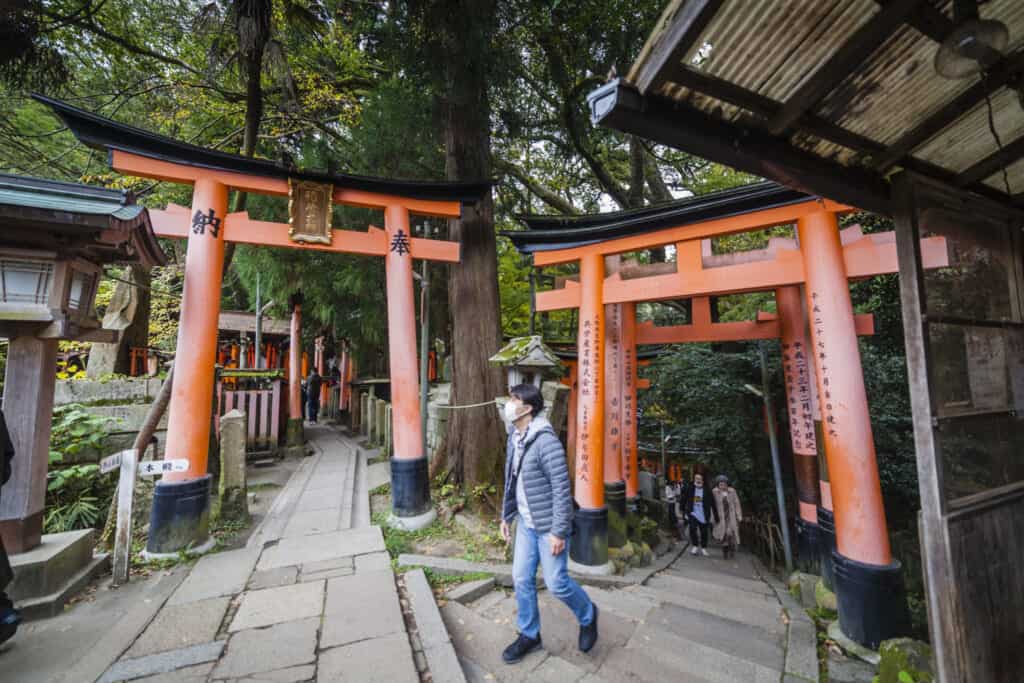
Although Fushimi Inari Taisha shrine (伏見稲荷大社) is arguably one of the most popular tourist attractions for foreign visitors, most tourists simply step into the beginning of the famous Senbon Torii gates (a thousand Torii Gates), take a photo for social media of choice, and then go about their way to their next popular destination. For this reason, most of the vast precincts of Fushimi Inari Taisha shrine are probably unknown to many foreign tourists. So here I am to introduce you to the full extent of this mystical place.
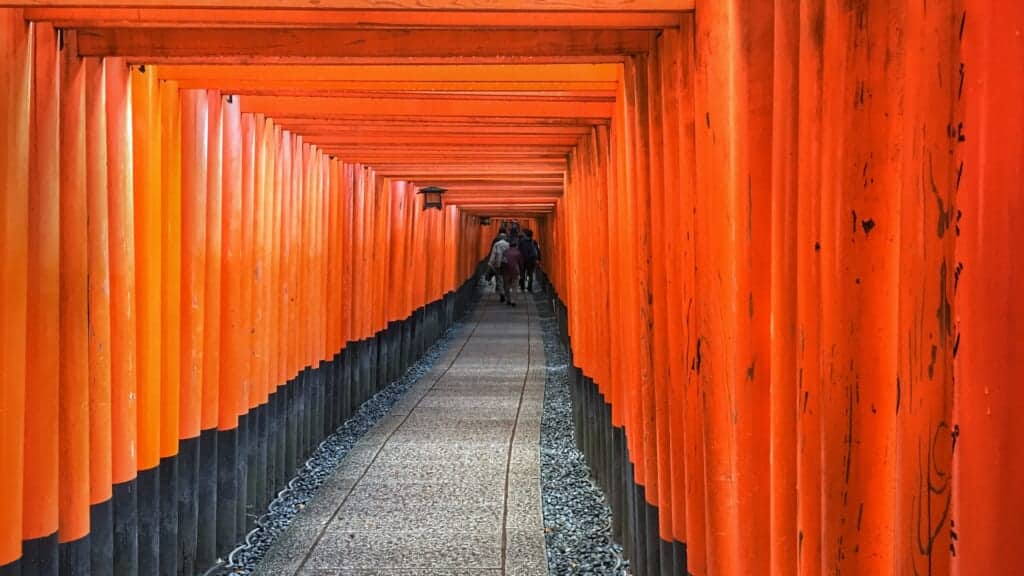
Photo by Zhipeng Ya 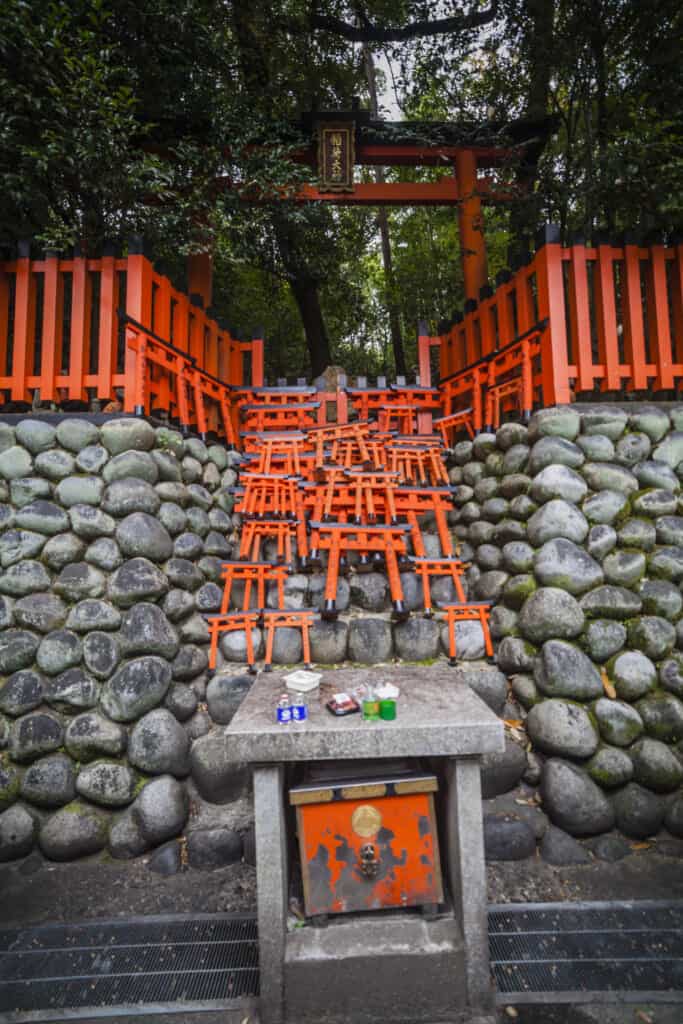
A small torii gate dedicated to the shrine
Today I have the fortune to enjoy the extensive knowledge of my guide Hiroko Kara. She explains how gates are in high demand, and there’s a long waiting list by large companies to purchase a gate whenever there’s a chance to replace them. Since the torii gates are all made of wood, they deteriorate after several years. For this reason, the decaying ones are replaced with newly dedicated ones. Regular-sized torii gates are often dedicated by corporations and celebrities, but ordinary visitors purchase smaller torii gates, draw their names on them, and dedicate them.
Be aware that traversing all the torii gates of Inari will require to go through quite a mountain climb. We stop for a quick lunch to restock our energy before heading for an even more challenging trek.
Art and History in Mt. Tennozan
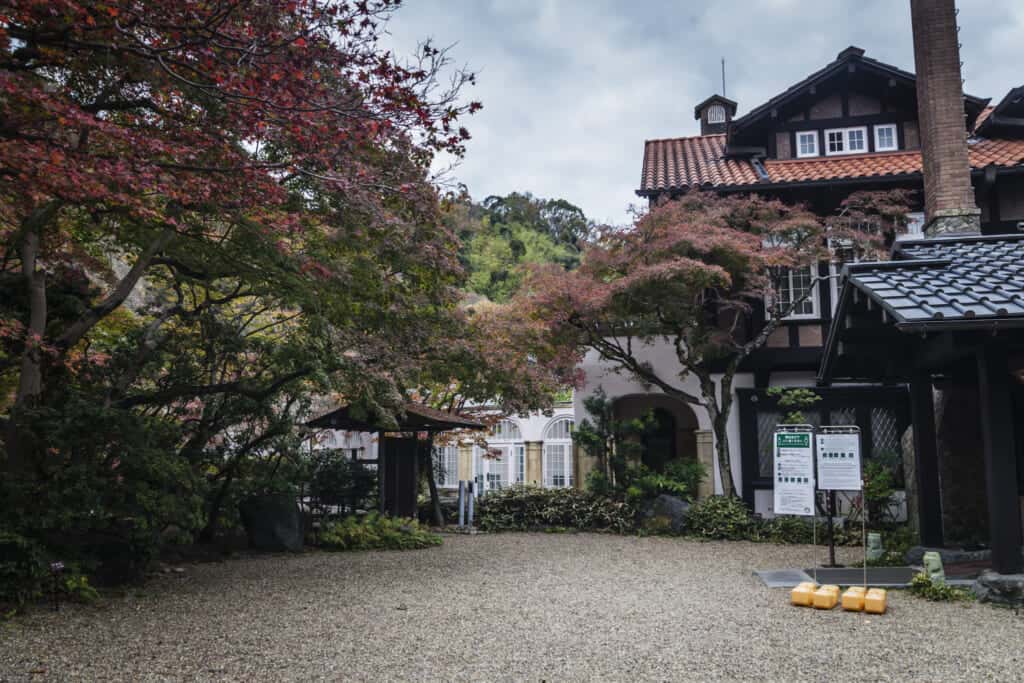
But before that, we have the chance to visit the Asahi Beer Oyamazaki Villa Museum of Art. It showcases an interesting collection as well as a unique blend of Western and Japanese architecture. The museum was opened in 1996. It was originally a villa owned by Shotaro Kaga, a businessman from the Kansai regionwho also participated in the founding of Nikka Whisky.
We can appreciate Kaga’s refined taste in design and art collection. We are able to appreciate these works of art thanks to the community’s cooperation in avoiding the loss of valuable modern architecture. After Mr. Kaga’s death, there were plans to demolish the villa for redevelopment, but a local movement to preserve it arose, and Asahi Breweries, Ltd., at the request of the government, decided to restore the villa and keep it as an art museum in cooperation with the government.
With rested feet and nourished souls, we make our way to climb Mt. Tennozan. While not particularly tall at 270 meters, reaching the summit requires climbing the steep slopes. To my surprise, it ended up being a tad more challenging than climbing Mt. Takao, which is also a great choice for those who like a hike full of culture and history. And as historical sites go, Mt. Tennozan packs a punch.
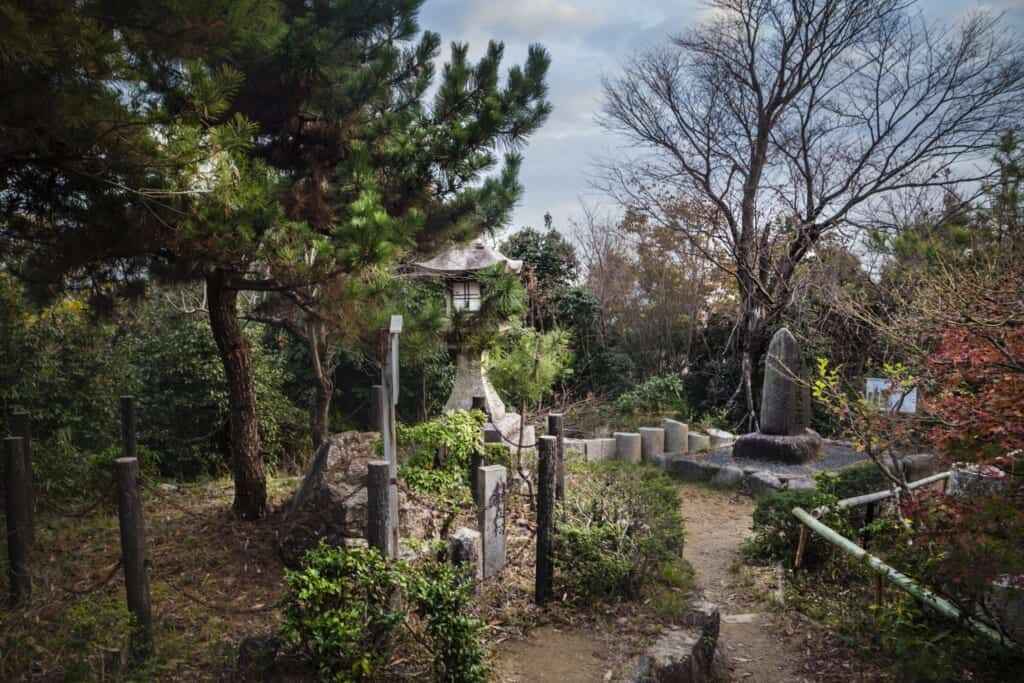
Nowadays, the top of the mountain is a peaceful and natural location with interesting panoramic views of Kyoto and the confluence of the Kizu, Uji, and Katsura rivers. But its strategic location frequently turned this place into the epicenter of epic and decisive battles. The most famous example is The Battle of Yamazaki. Hence, the concept of Tennozan is often used in Japan as a metaphor for the crucial point that defines the victory.
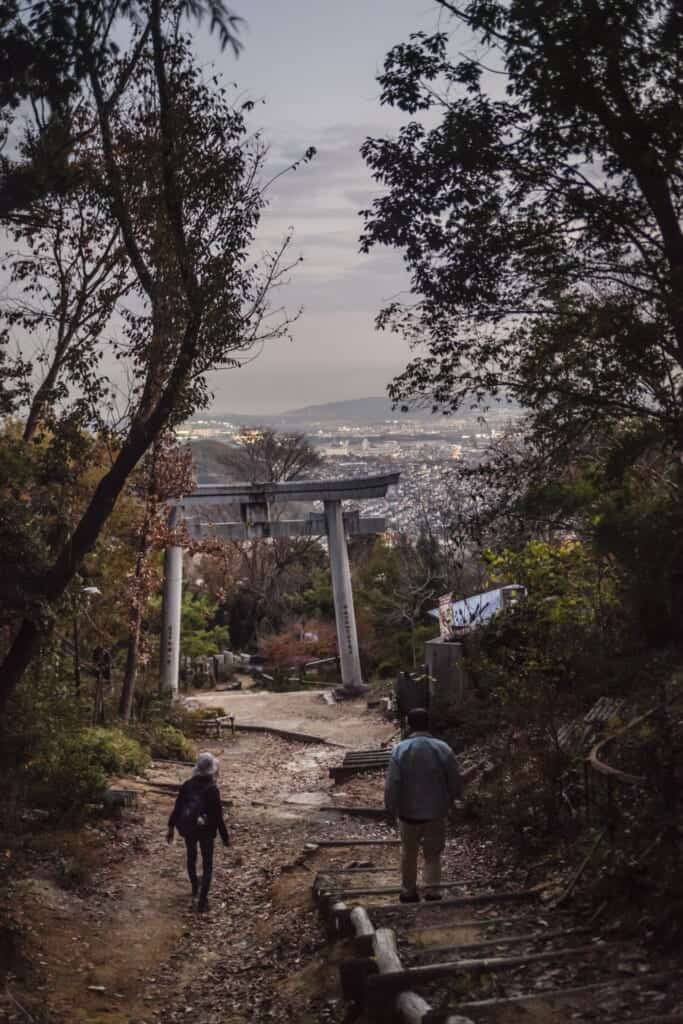
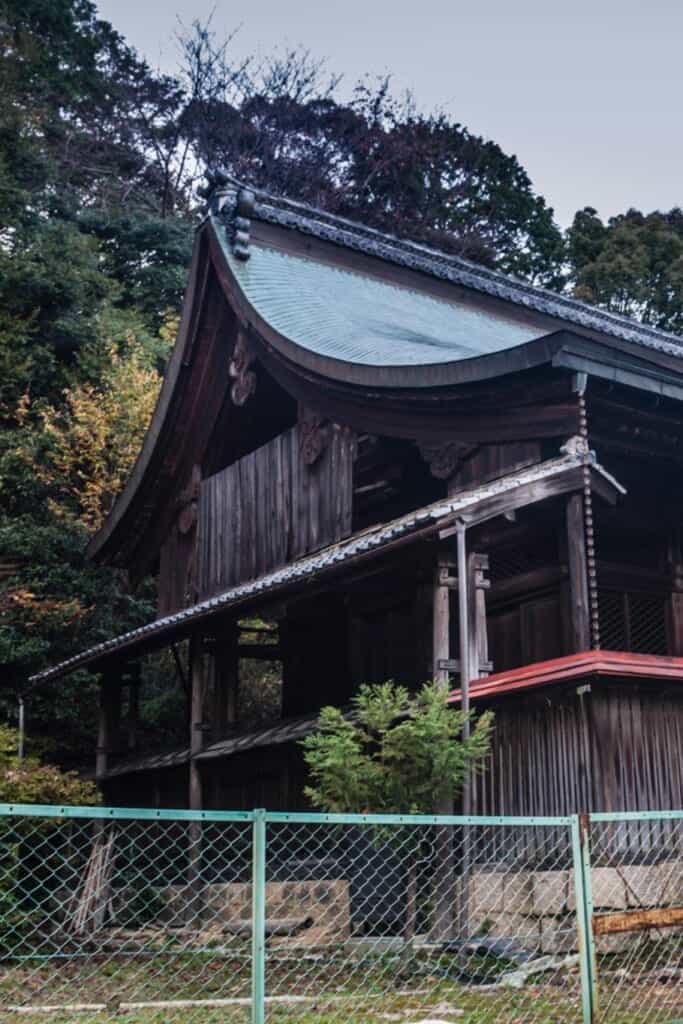
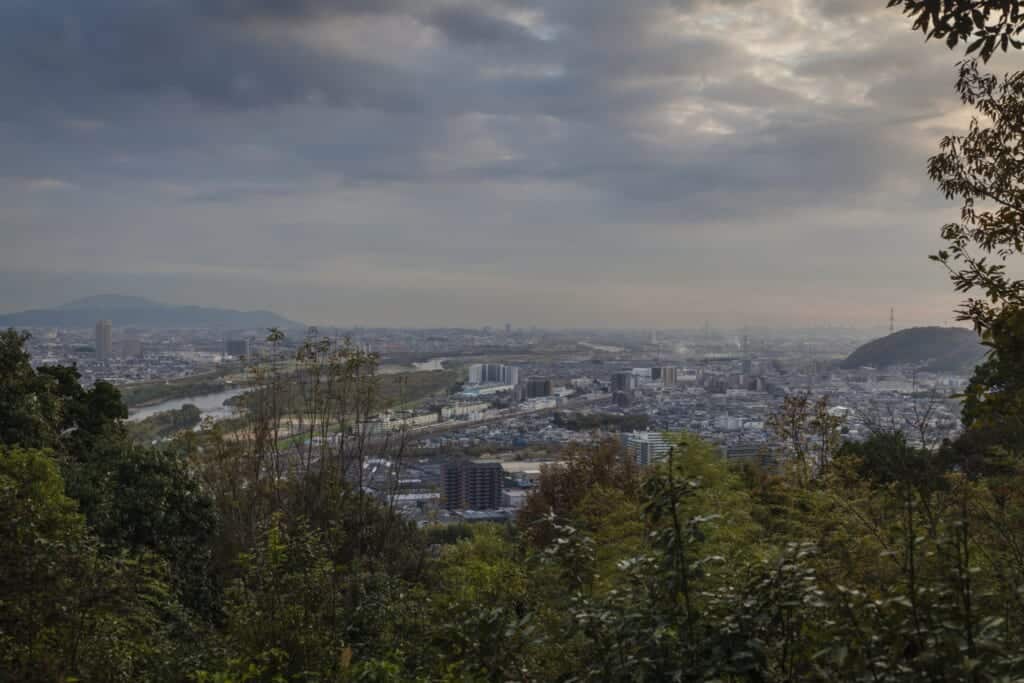
The top of the mountain offers great panoramic views of Kyoto and the confluence of rivers Kizu, Uji, and Katsura.
Located in the middle of Mt. Tennozan, is Tamadeyorimatsuri Kitaru Sakatoke-jinja shrine (自玉手祭来酒解神社). This small shrine is thought to have been built in the 700s, and its portable shrine warehouse has been designated as a national important cultural property.
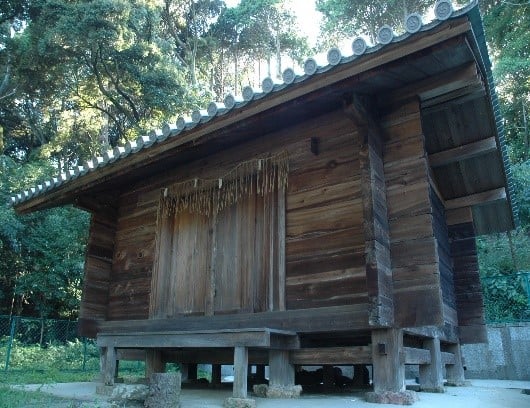
Shiga Prefecture
The nice views from the top of Mt. Tennozan and the experience of traversing all the sacred gates of Fushimi Inari Taisha shrine were worth the muscle pain I’m waking up with on the 3rd day. Fortunately, today I’m taking a walk on the slow side of life— no better place to do it than in Shiga Prefecture (滋賀県). Conveniently located between Tokyo and Kyoto, the region is famous for featuring Japan’s largest lake, a great place for outdoor activities, and an important location for biodiversity. The region is also known for its top-quality Omi beef, as well as the valuable clay sediments that provided the ideal environment for a thriving ceramic industry.
Tanuki Heaven: Shigaraki Ceramic village
Riding the train, I see shades of green, yellow, and ochre. Gazing afar from the train is such a simple yet rewarding pleasure. I get off in Shigaraki station as heaps of cute tanuki ceramic figurines greet me. This has got to be my lucky day. Ever wondered where all the cute tanuki statues adorning the entrance of many Japanese homes came from? Chances are the birthplace for most of them was in Shigaraki, a small village known primarily for its ceramic pottery. A local tradition that goes back to the Kamakura period thanks to the great quality clay found in their surrounding lands.
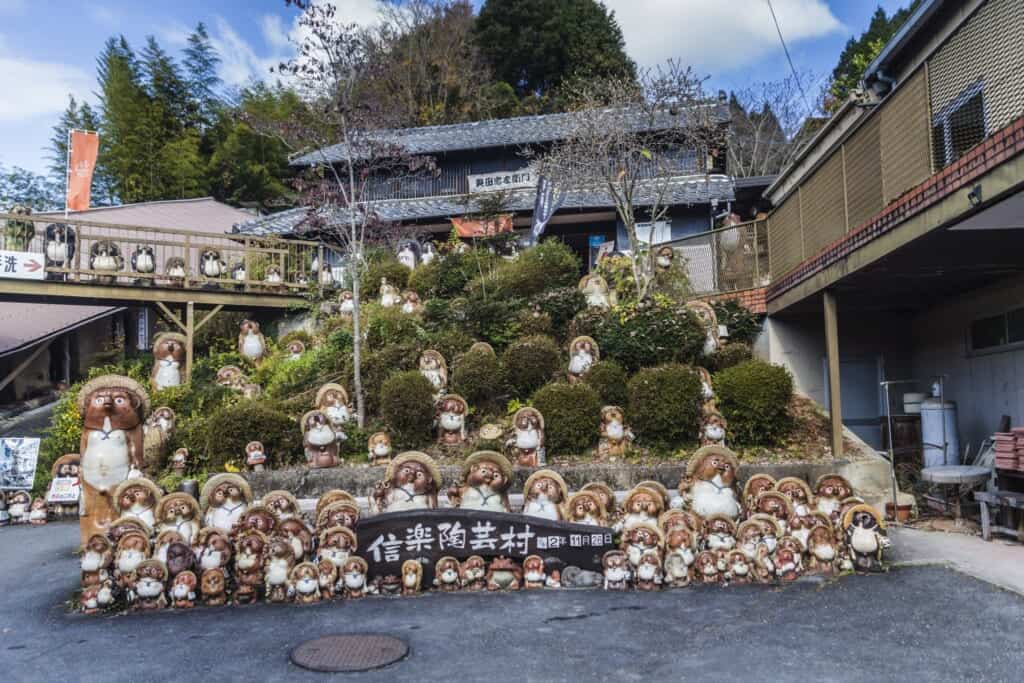
Their relatively recent fame as a tanuki land came after the visit of the Showa emperor in 1951 when villagers decided to greet him by placing tanuki figures on the road carrying the Japanese flag. The emperor became quite pleased at this and the news broadcasted the event all over the country, turning the Shigaraki tanuki into an overnight sensation.
But I’m not here to admire the lucky magical critters. I’m going to craft my very own tanuki! Shigaraki-Togeimura is a store that offers a workshop where users learn many of their techniques, and of course, that includes their beloved tanuki. For an extra fee, they can also have it painted and sent home, which I did, of course.
Culinary Bliss in Issuian
The ceramic experience still overjoys me, but the lunch that awaits me is the absolute cherry on top of the day. I knew about Kobe beef as the most internationally prominent Wagyu (和牛, Japanese beef), but I didn’t know that for a long time, what was behind the Kobe brand was actually Omi beef (近江牛), the oldest beef brand in Japan. Wagyu came to be known as Kobe beef among foreigners visiting Japan because the Omi beef arriving in Tokyo and Yokohama ports at the time was coming from Kobe.
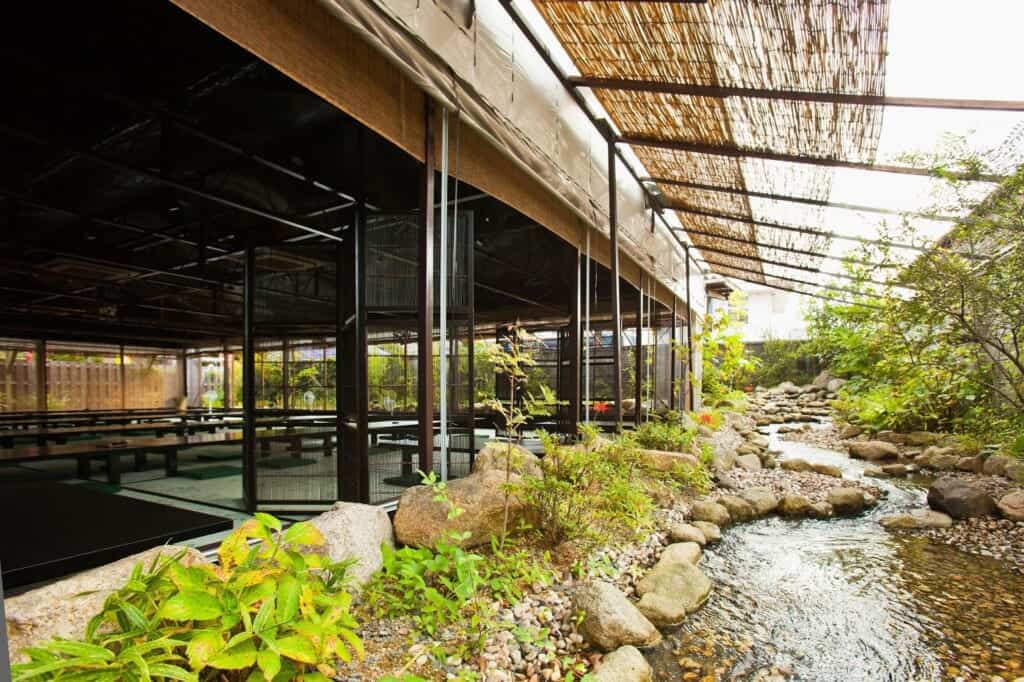
Issuian (一水庵), named after its owner and creator, Issuian Chitojin, is a special place he designed on his own. As a skilled potter and artist, he envisioned the restaurant as a complete sensory experience. When the weather allows it, all windows fully open allowing patrons to enjoy the views of the garden and the relaxing sound of running water.
Mr. Issuian is passionate about his craft. Originally from Ashiya (芦屋), he came to Shigaraki to rebuild his life from the ruins left by the Great Hanshin Earthquake of 1995. That didn’t deter him from following his lifelong dream as an artist and creator. He’s both enthusiastic and serious. He proudly shows me a certificate as a recognition of the top quality Omi beef he serves at his establishment. I can’t help but agree as I taste the culinary heaven that was bestowed on me.
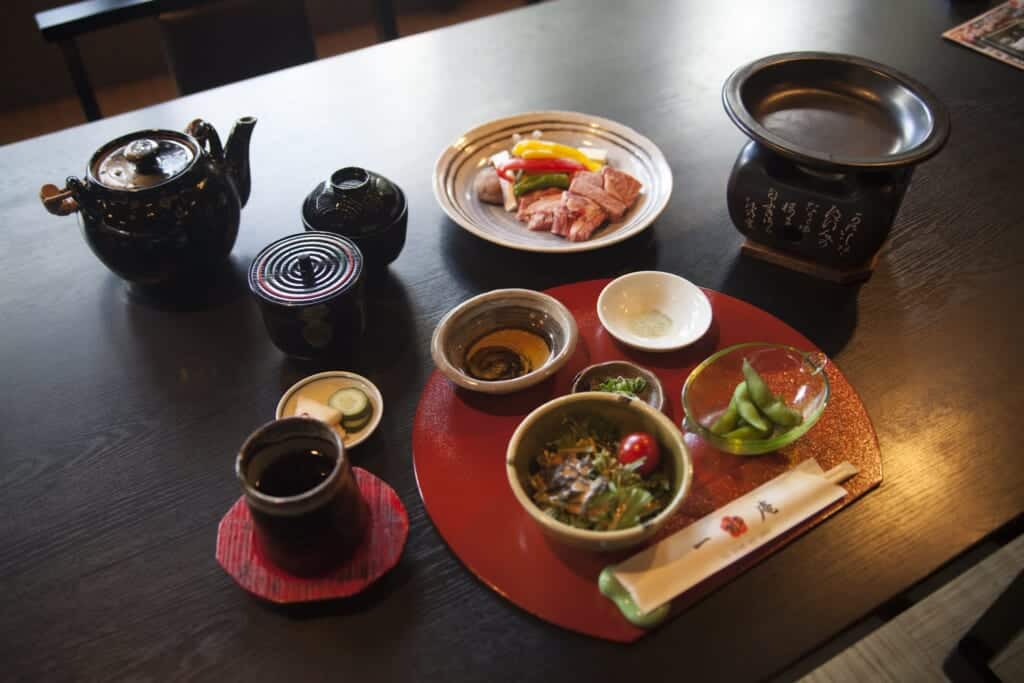
Beyond the successful restaurant business, Mr Issuian himself is a recognized artist and a master of Japanese traditional arts like Ikebana (flower arrangement), calligraphy and tea ceremony. An integral approach to traditional arts is the philosophy that drives his passion project and his dedication to the local community.
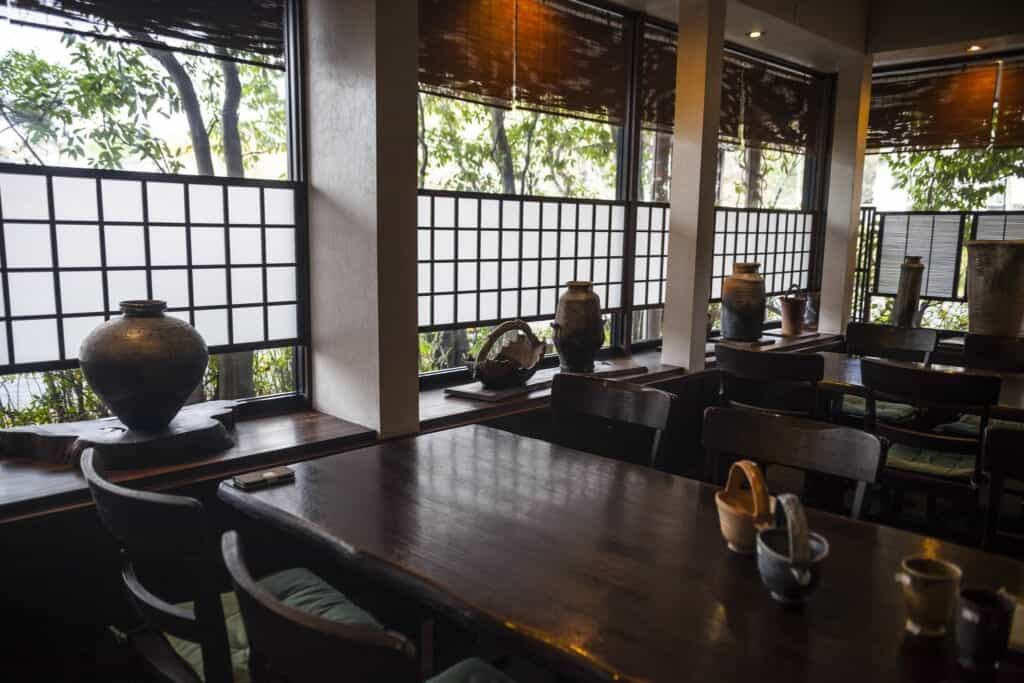
So we’ve seen and done a lot in just a few days. That is the good thing about traveling that you don’t return home being the same person. Or maybe yes, just a little wiser and happier. Tired, but I’m happy to have experienced things out of the usual tracks, with a lot of contact with lovely local people that shared their craftsmanship, their smiles, and their time with me. That’s joy if there ever was a joy.
To find out more about the New Golden Route, download the brochure and learn about this treasure trove of Japan’s hidden gems.
Introducing the Hokuriku Arch Pass
The Hokuriku Arch Pass is a regional rail pass for exclusive use by foreign visitors that allows unlimited travel for seven consecutive days on some Japan Rail (JR) and private train lines between Tokyo and Osaka via the Hokuriku region. You can make stops along less-explored parts of Japan, generally more rural and less populated, to experience a more tranquil side of the country, full of historical sites, cultural landmarks, and breathtaking scenic spots. For more information on how to purchase the pass and where it is valid, please see the Hokuriku Arch Pass section in our first article.
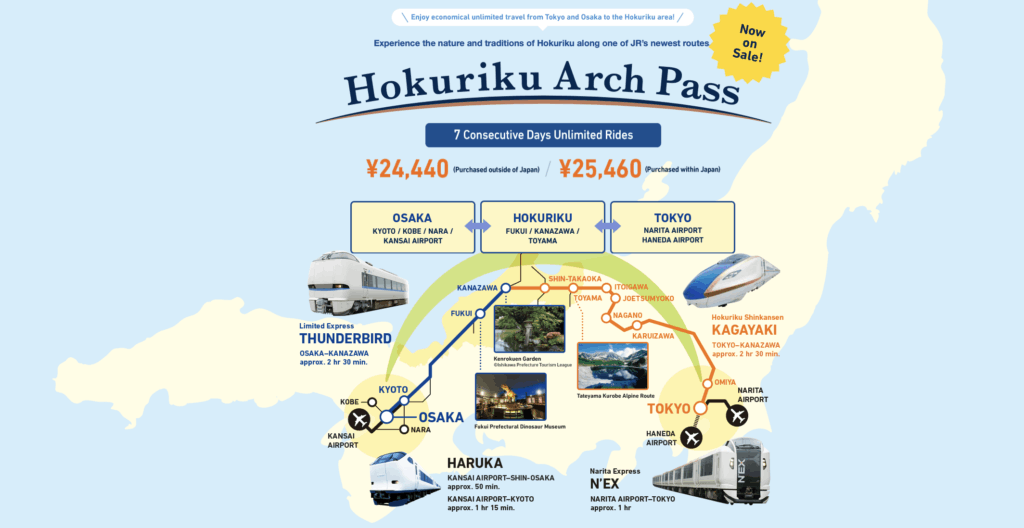
In this article, we wanted to introduce you to some interesting spots and hidden gems located in the Kansai region that you will be able to visit using your Hokuriku Arch Pass. To discover the rest of this New Golden Route from Tokyo to Osaka, read our two other articles:
- Part 1: Sightseeing in Kanto with the Hokkuriku Arch Pass
- Part 2: Sightseeing in Chubu with the Hokkuriku Arch Pass

The soft neon glow of the Tokyoite nights, its shotengai alleys, its department store canyons, its buzz around train stations… It never grows old on me. But as my father once half-jokingly said, “Tokyo is not Japan”; there is a measure of truth in it. Even if Tokyo and its mass tourist areas are must-sees and integral to a good experience of any trip to Japan, venturing out of it is equally important. Off the well-worn tracks, there are people eager not just to let you see, but to let you have a less common experience of Japan. You only have to scratch beyond the surface, and you will find them. You will make me happy if I helped you just a little bit with the scratching part. Please, enjoy.
Sponsored by Hokuriku-Shin’etsu District Transport Bureau, JR West and JR East
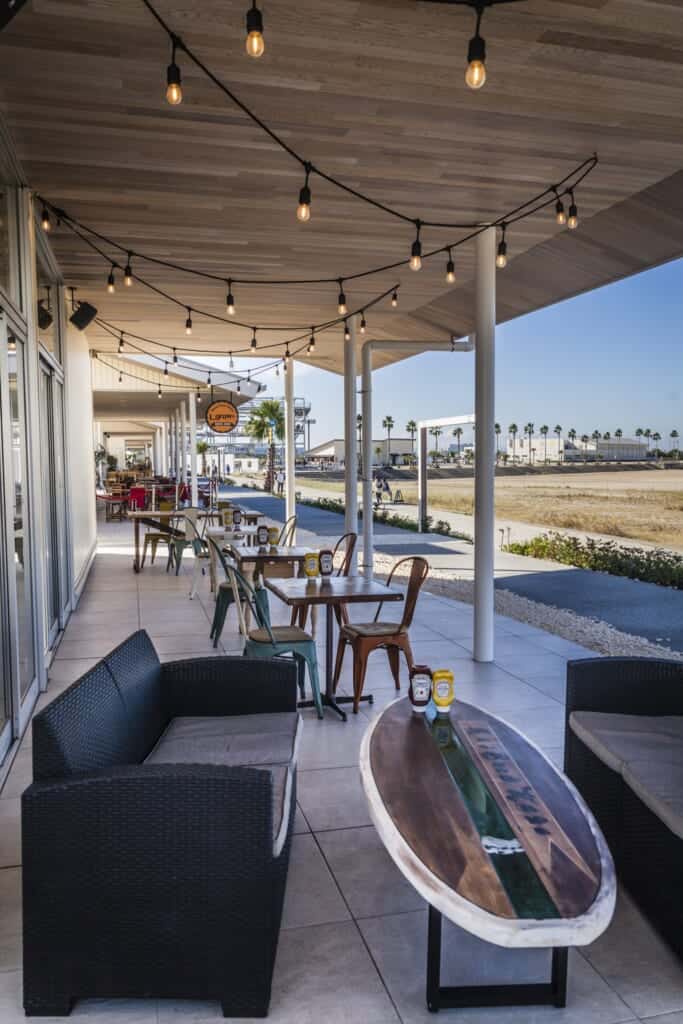
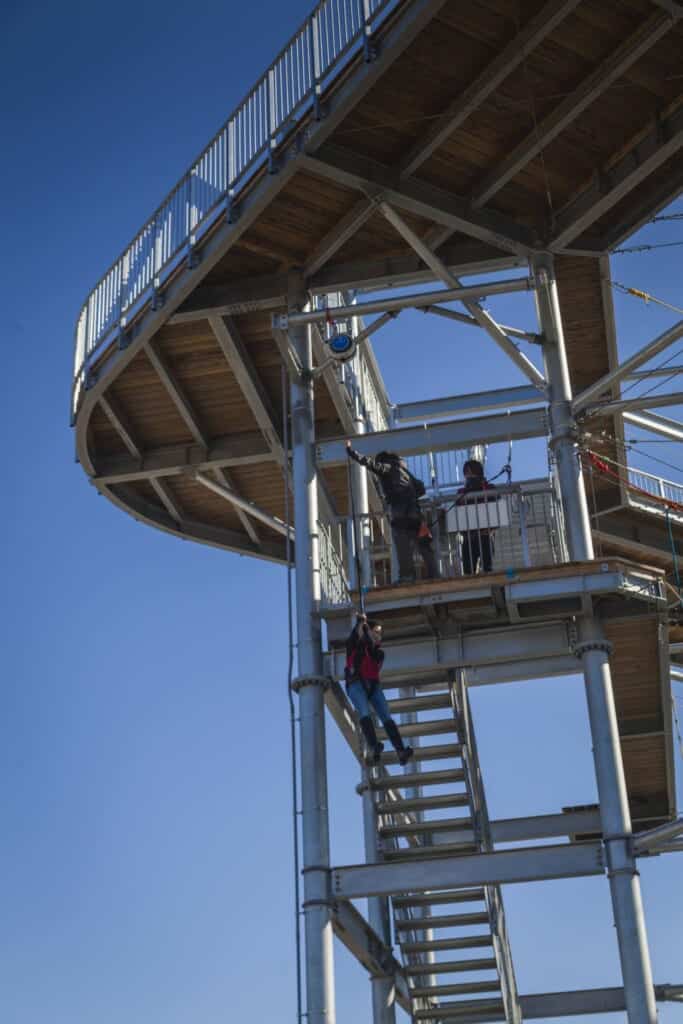
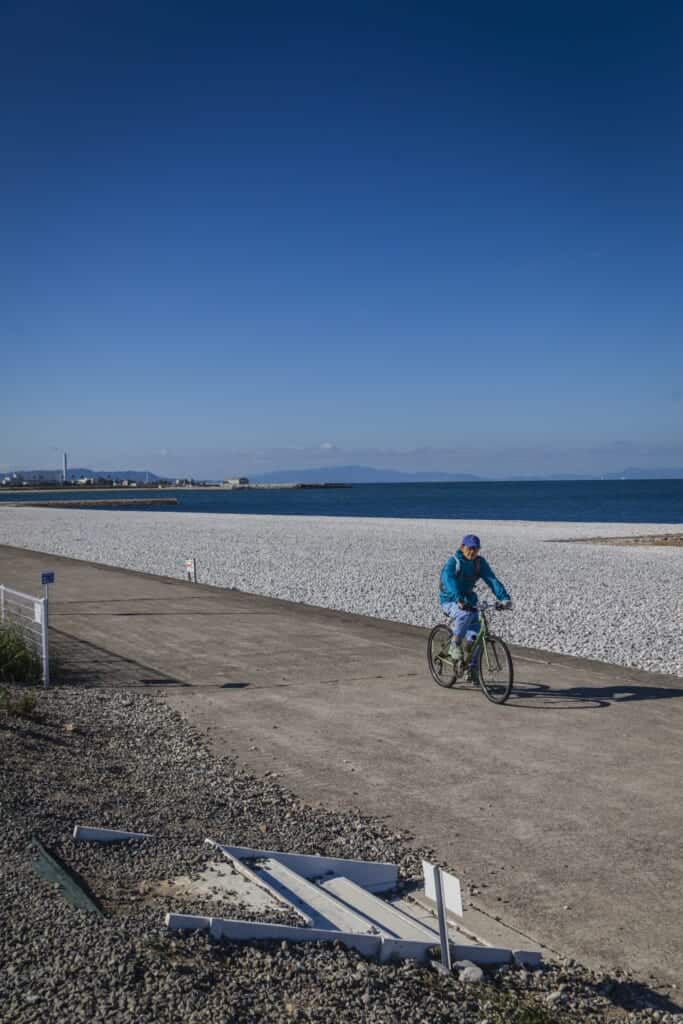
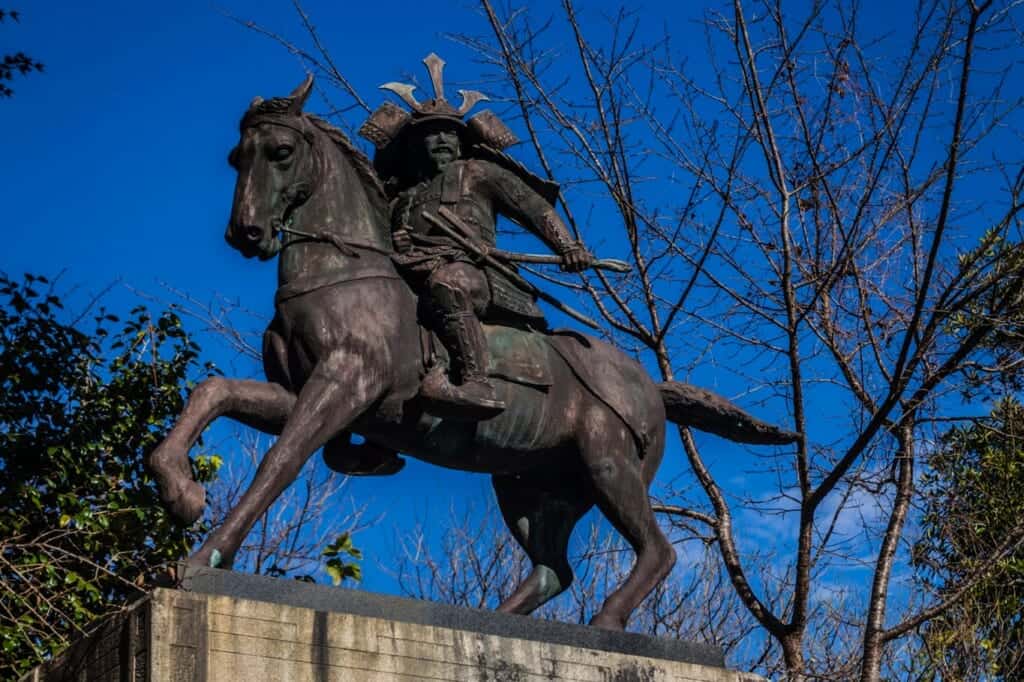
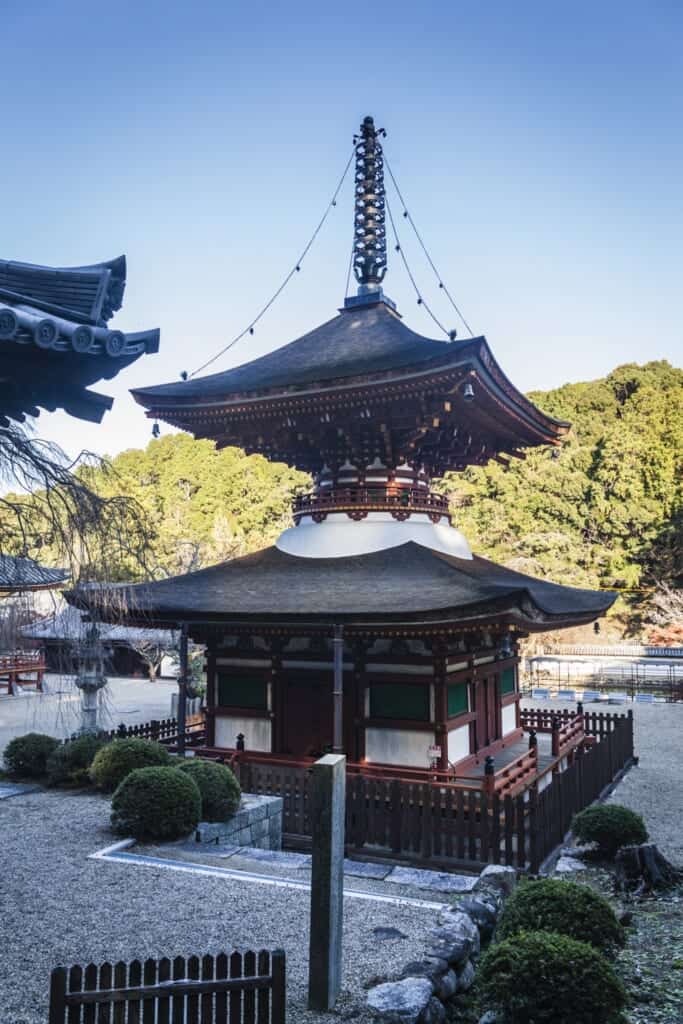
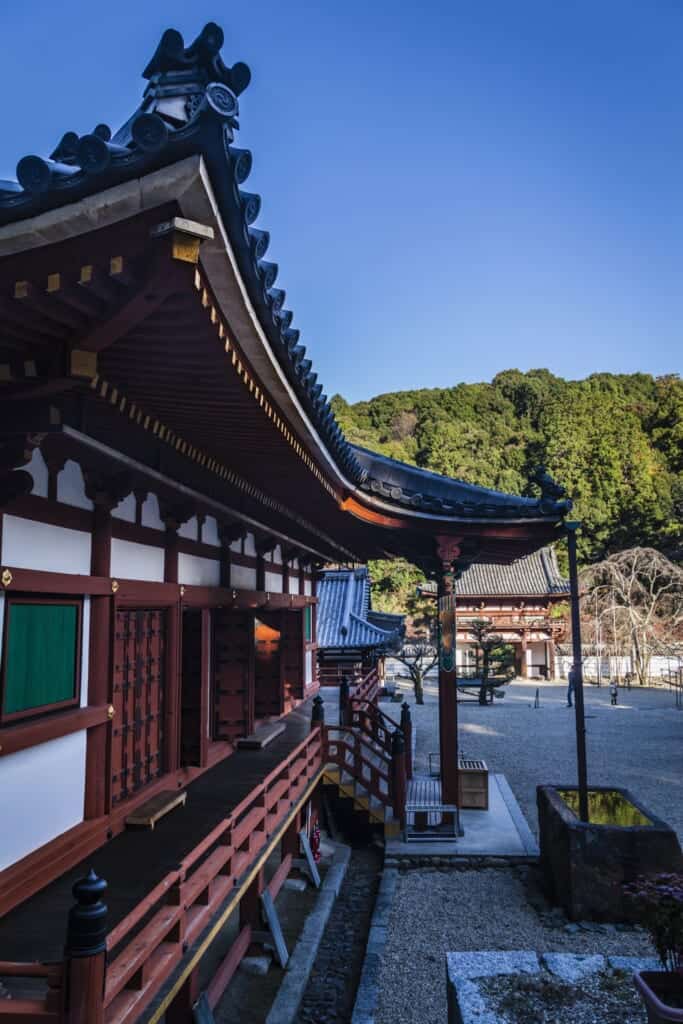
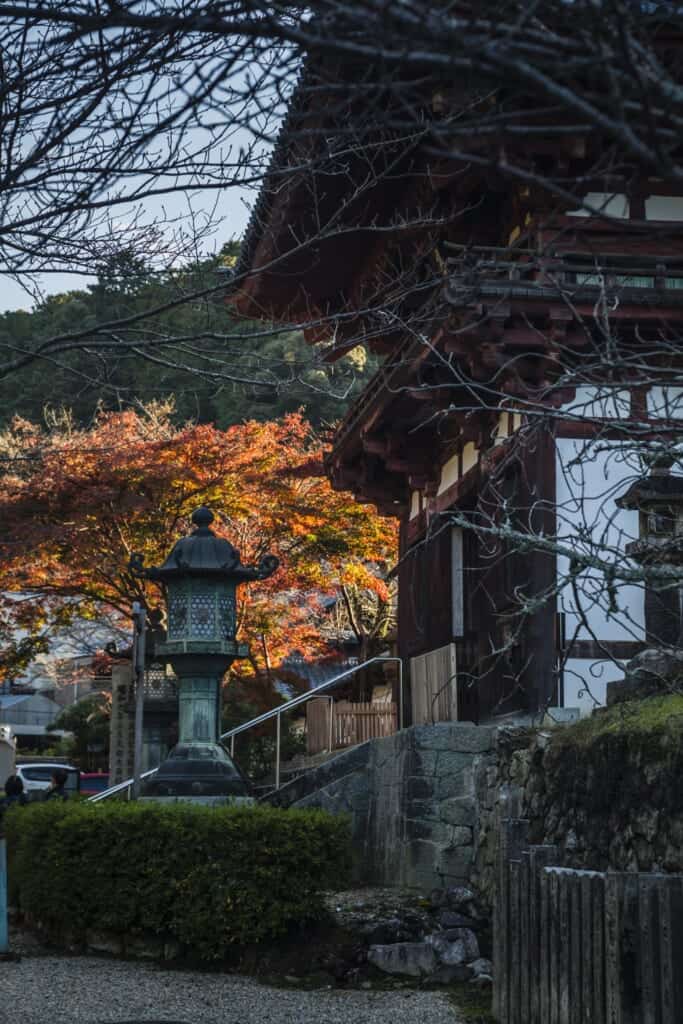
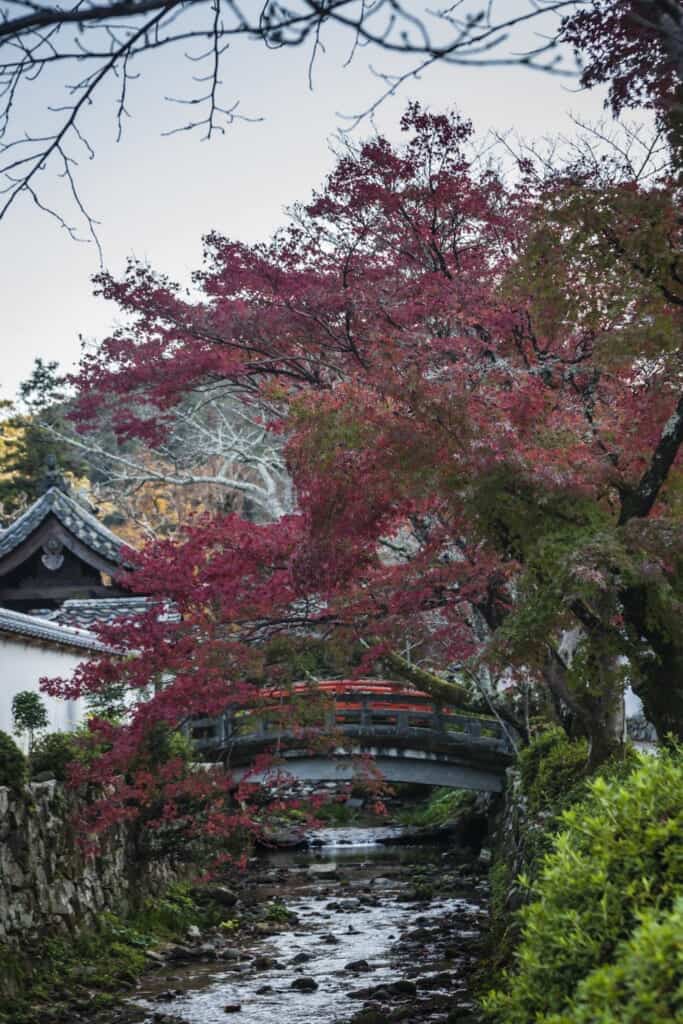
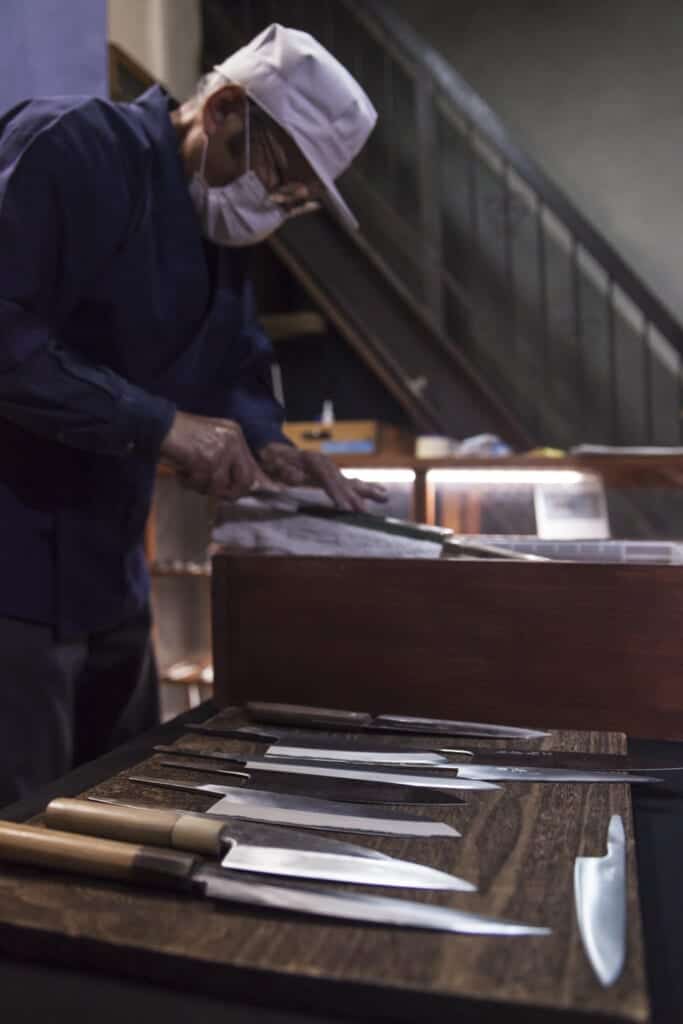
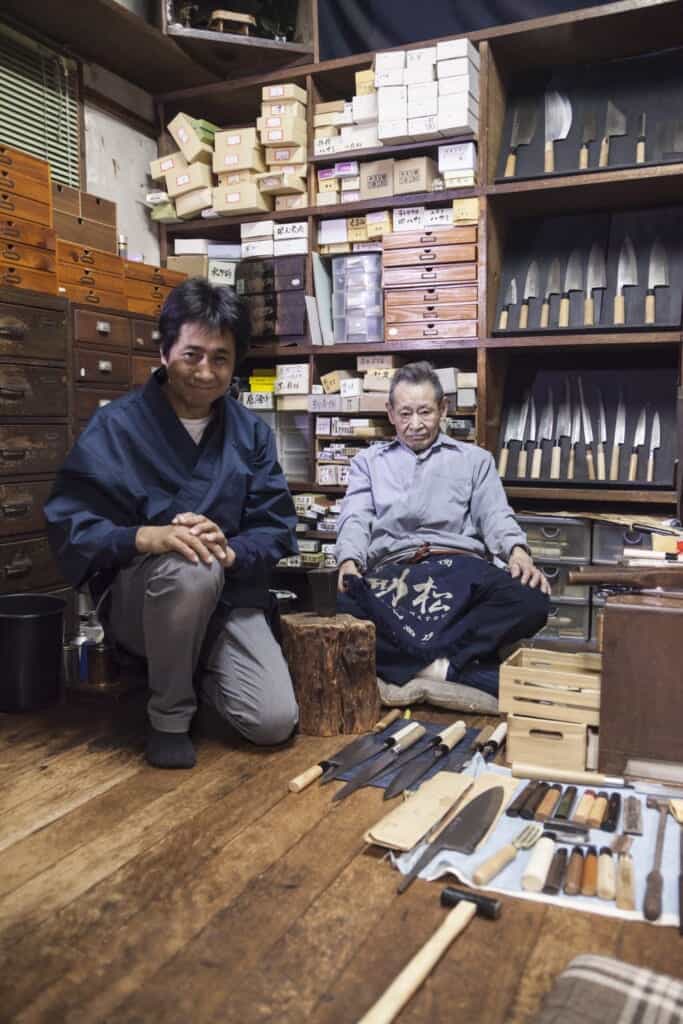
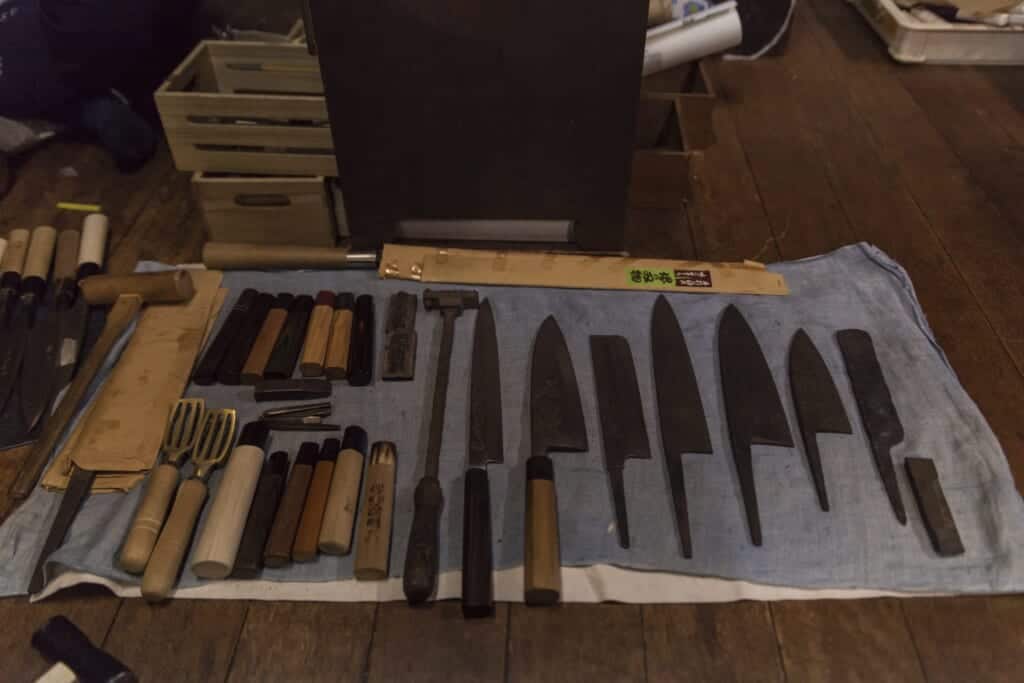
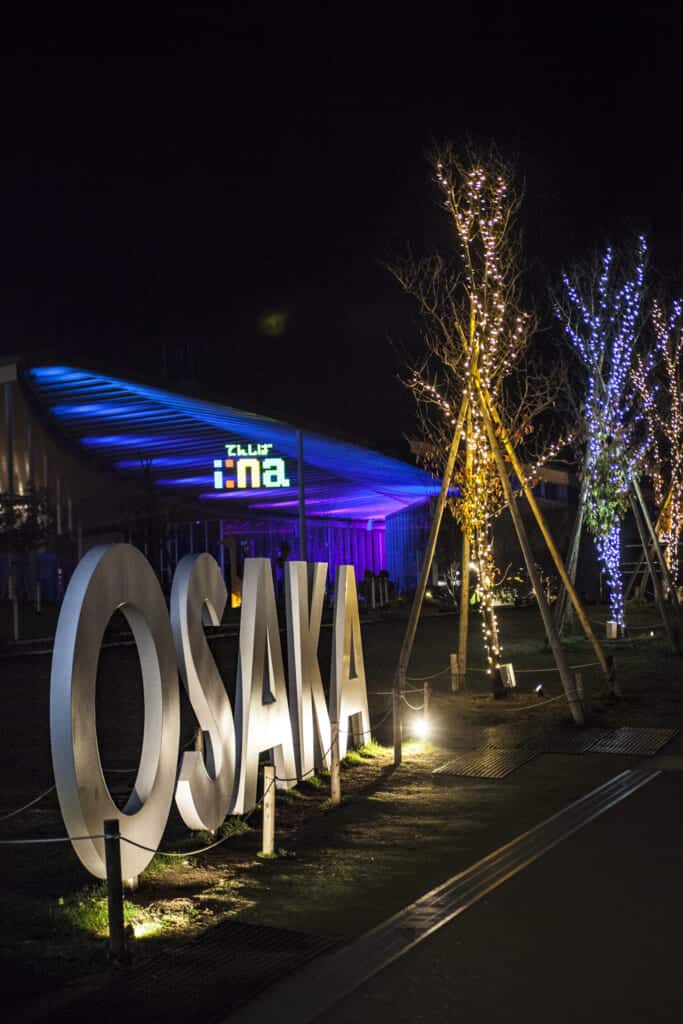
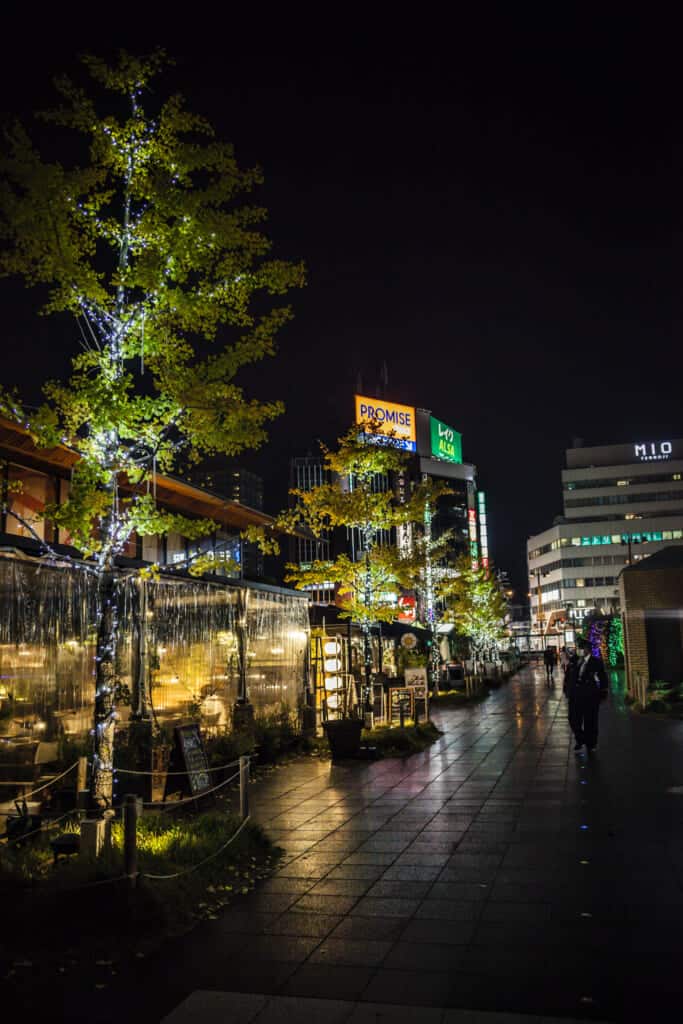
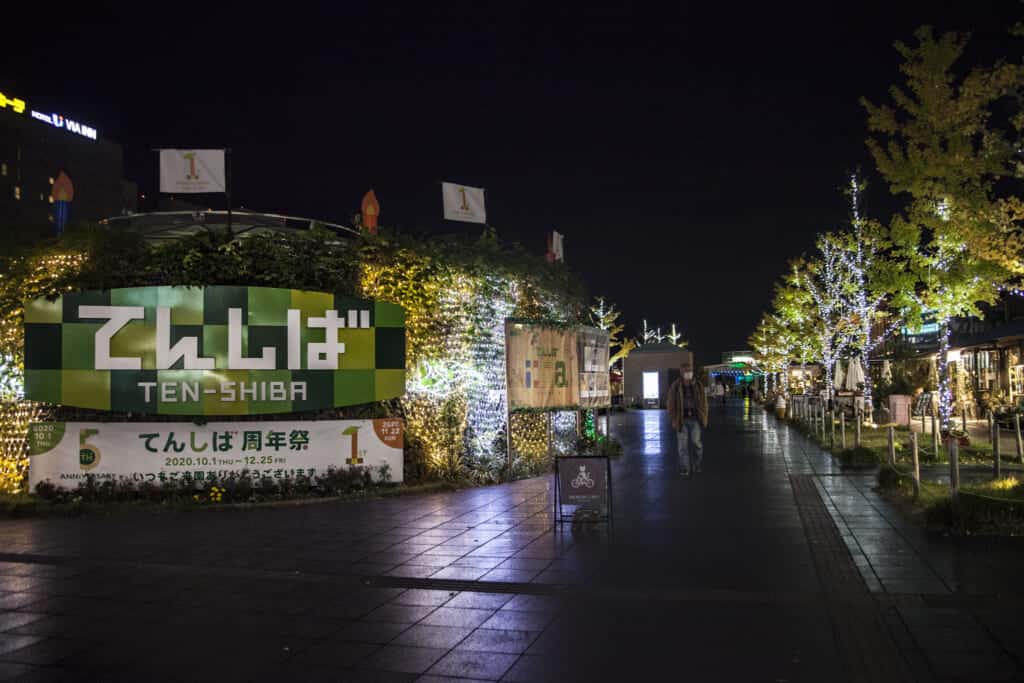
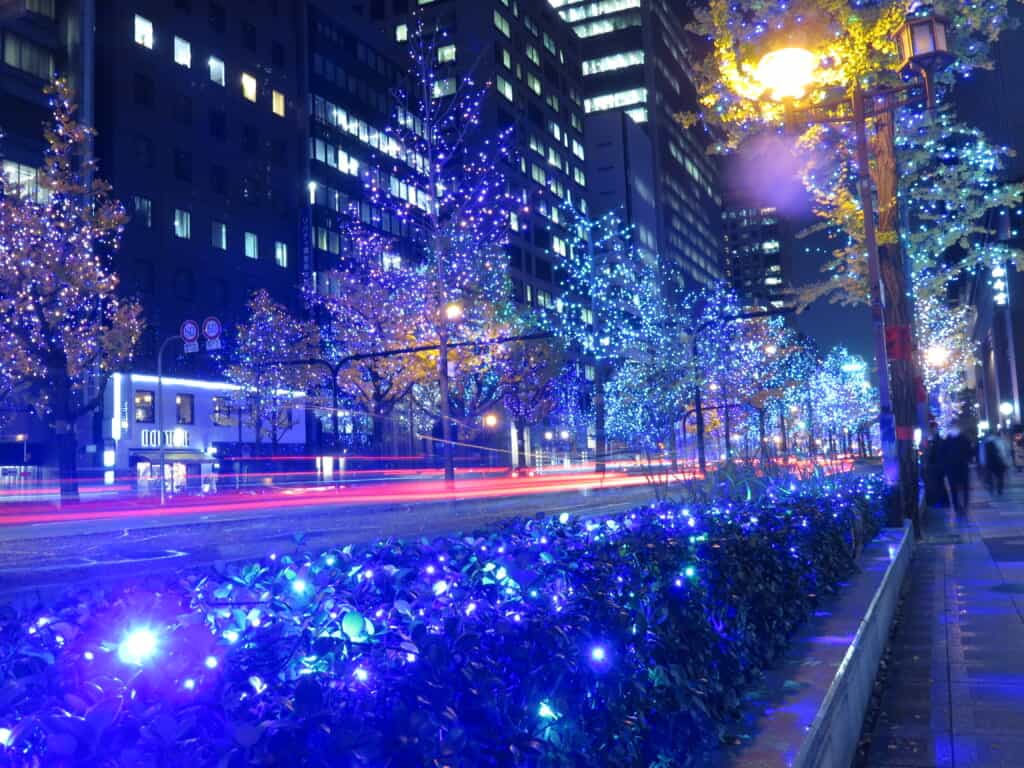
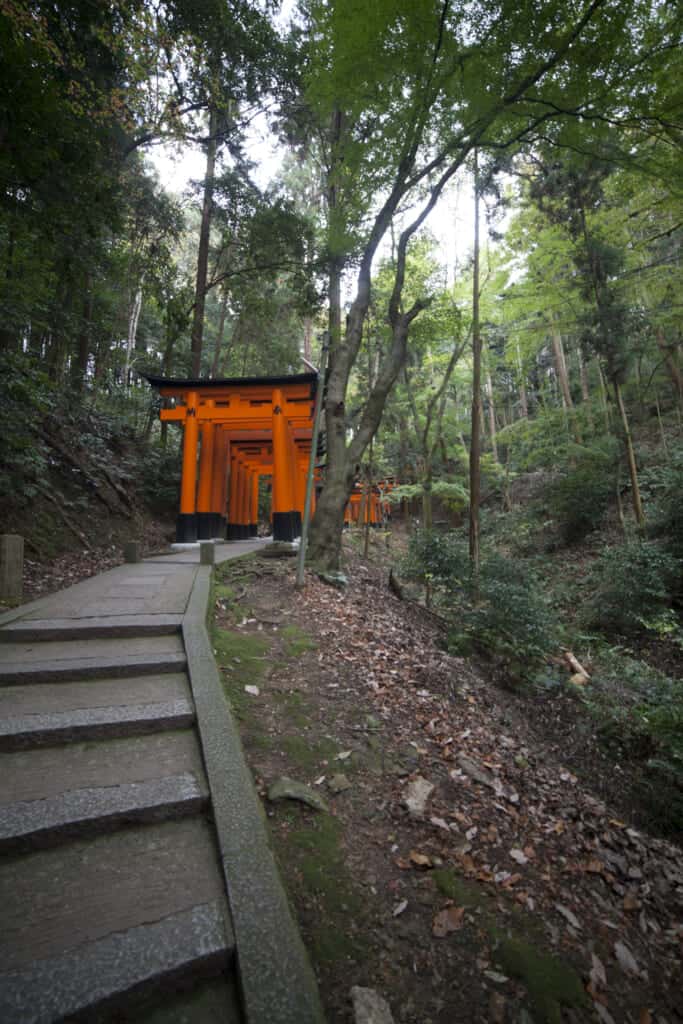
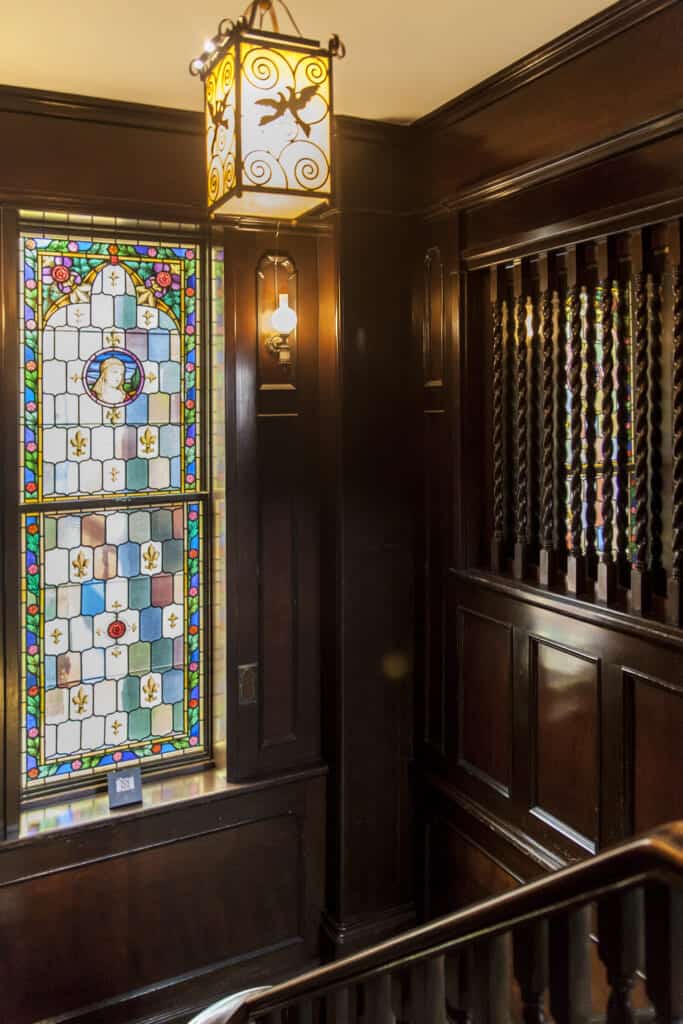
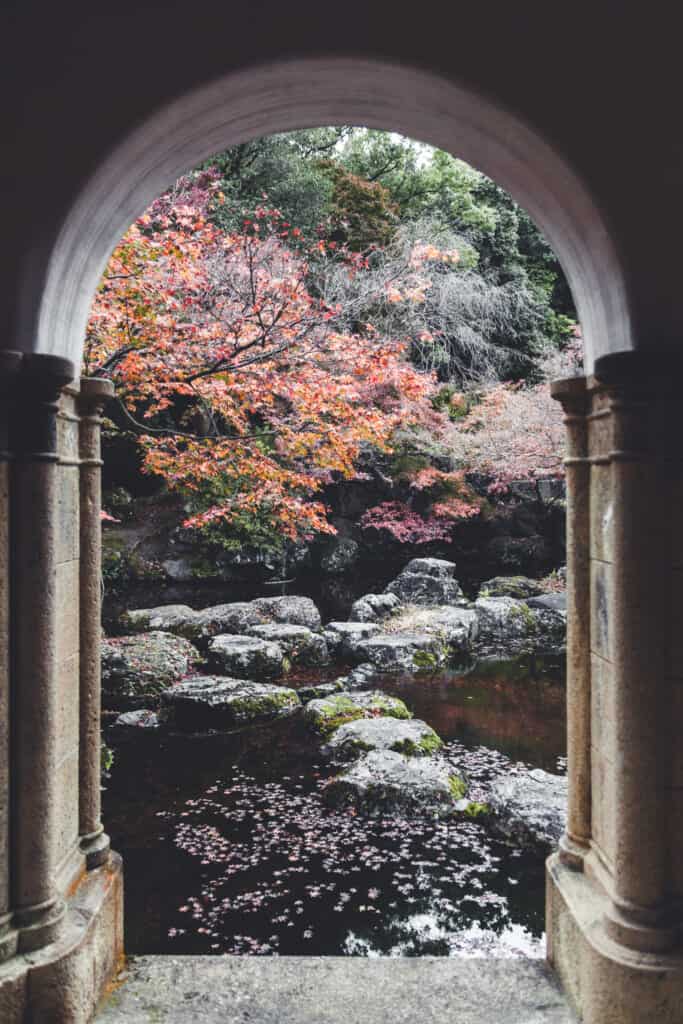
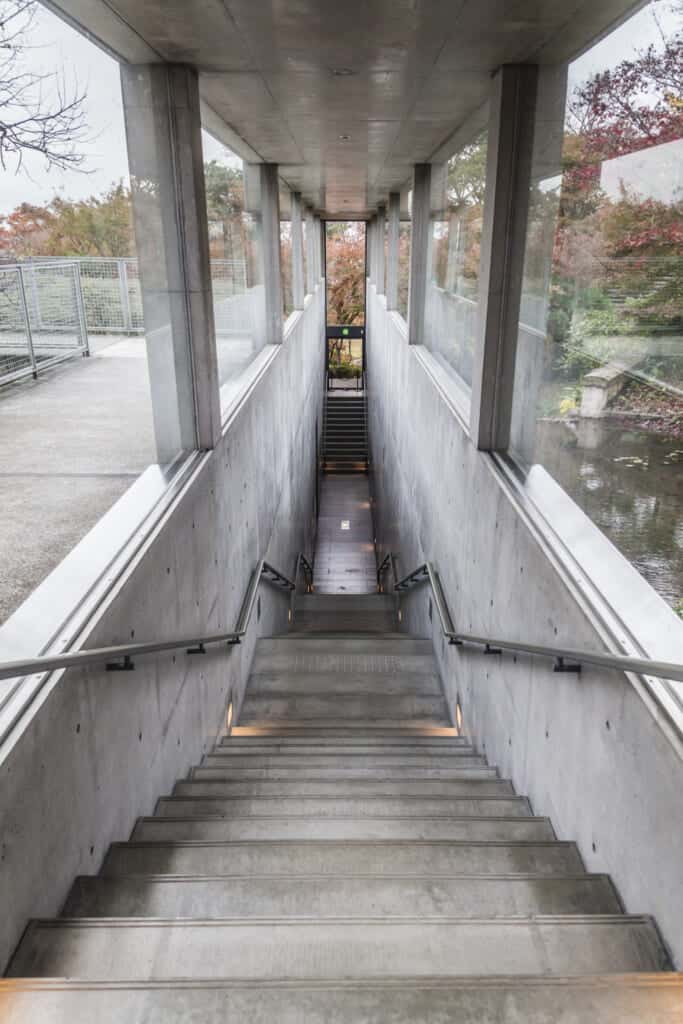
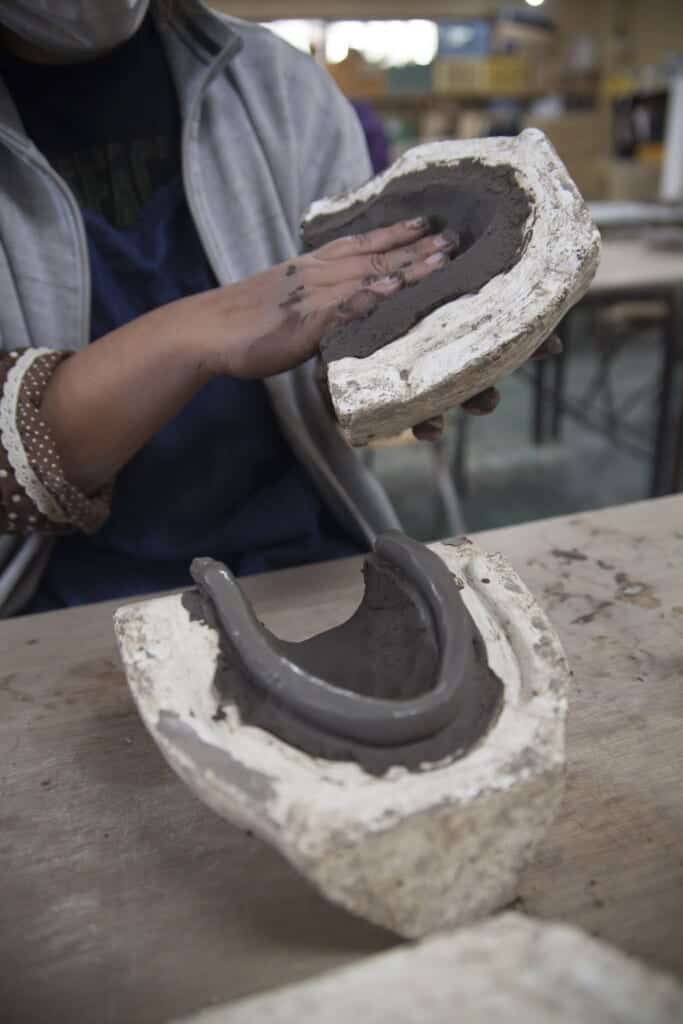
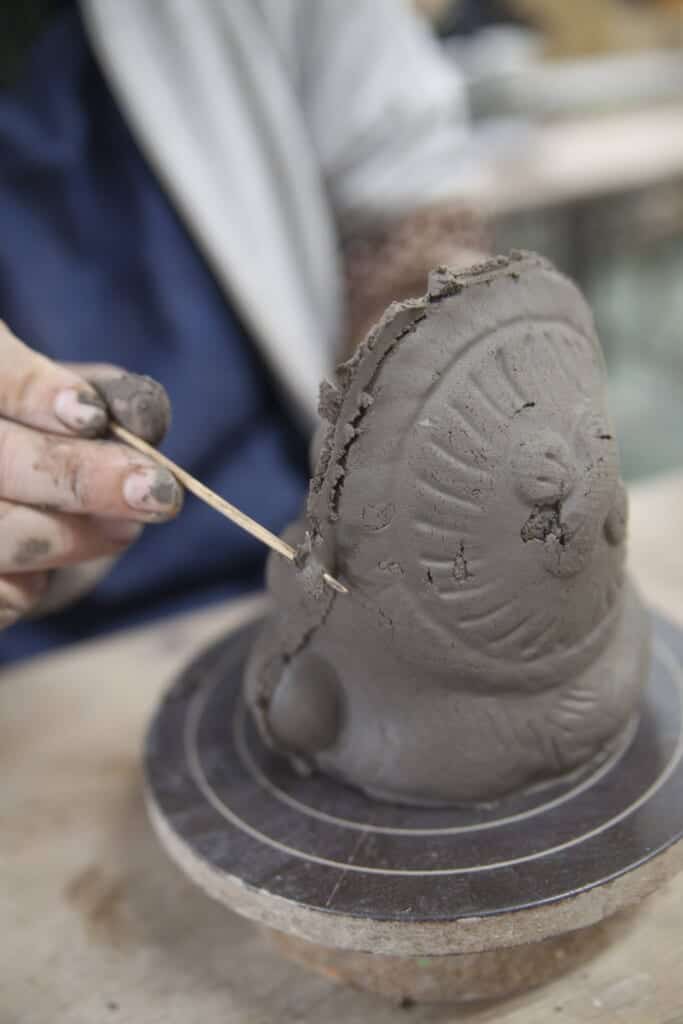
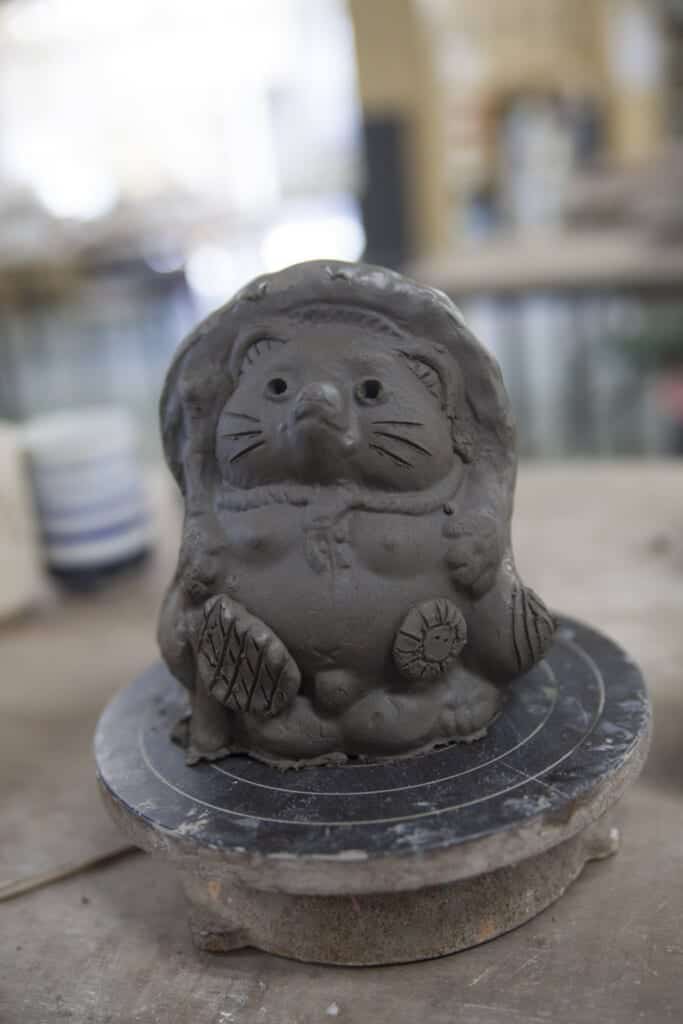
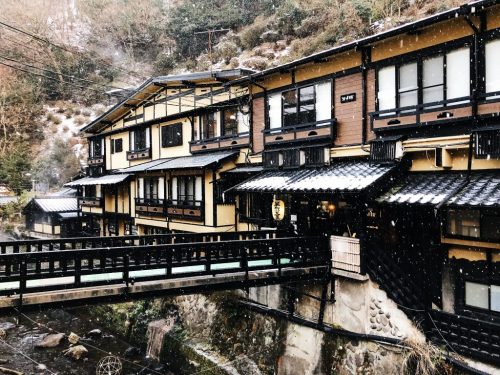
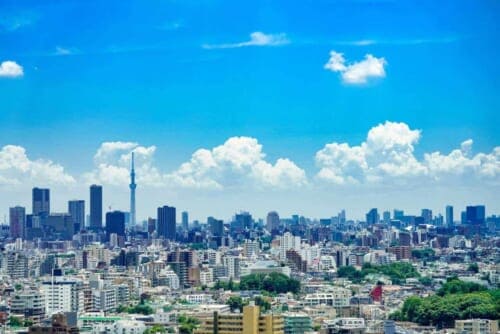
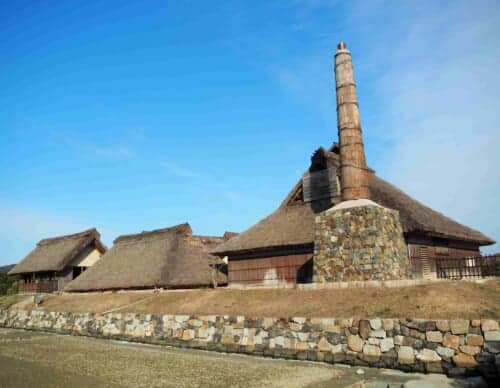
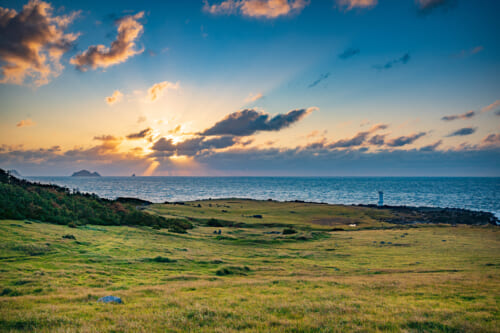
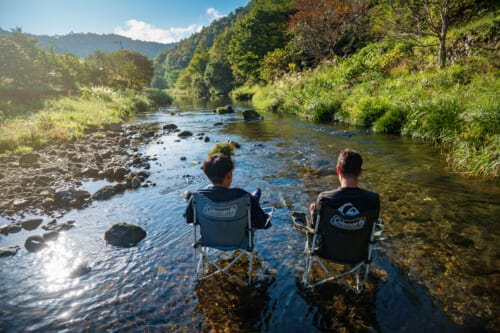
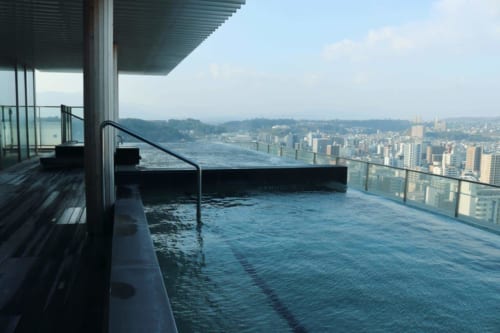
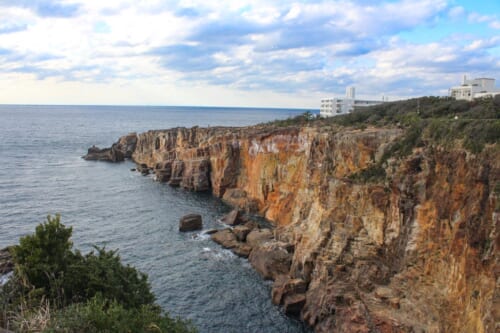
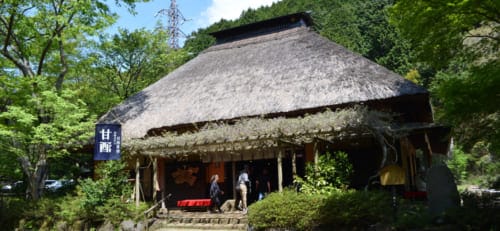
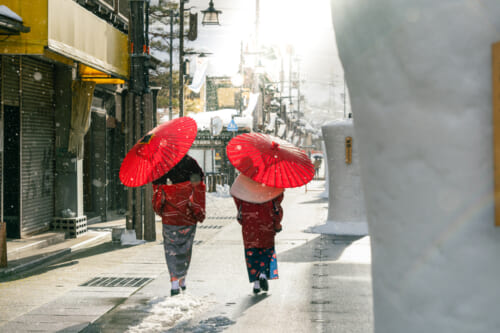


No Comments yet!